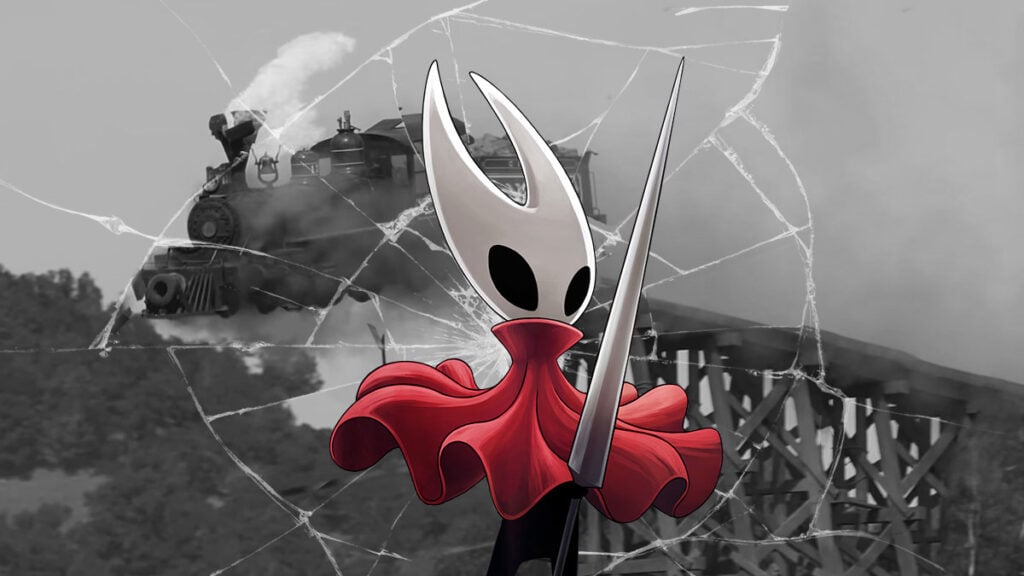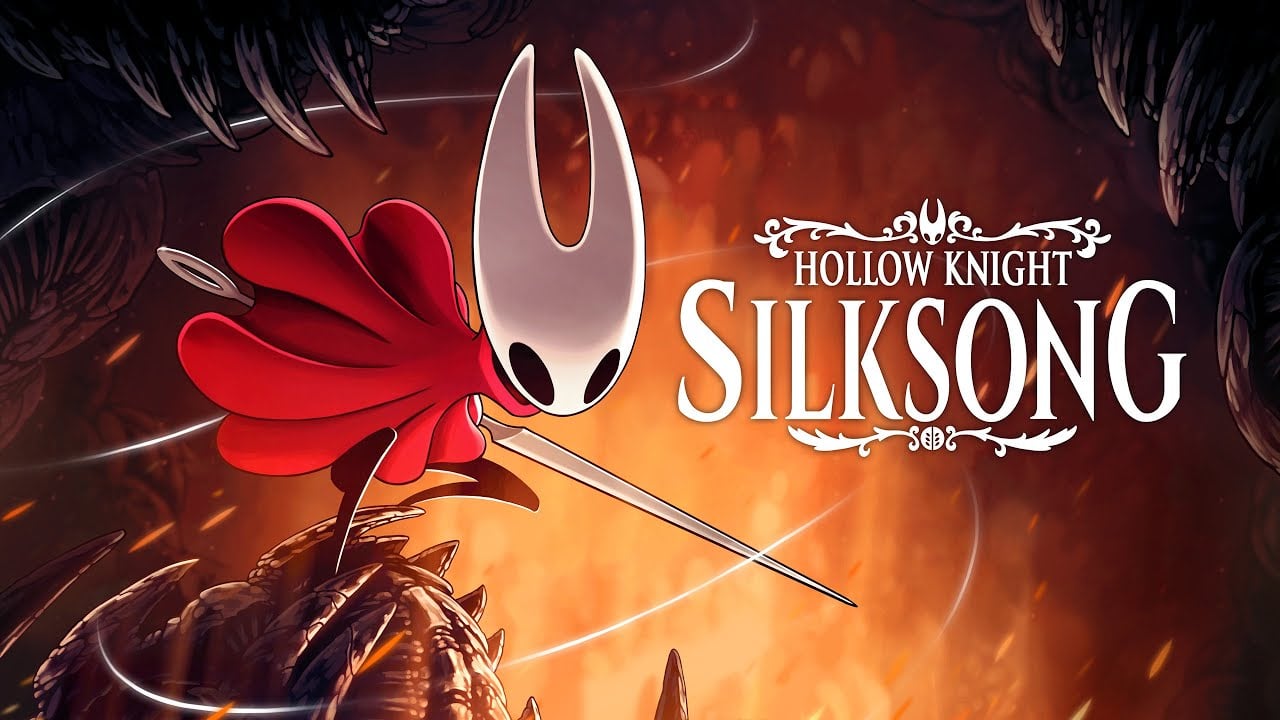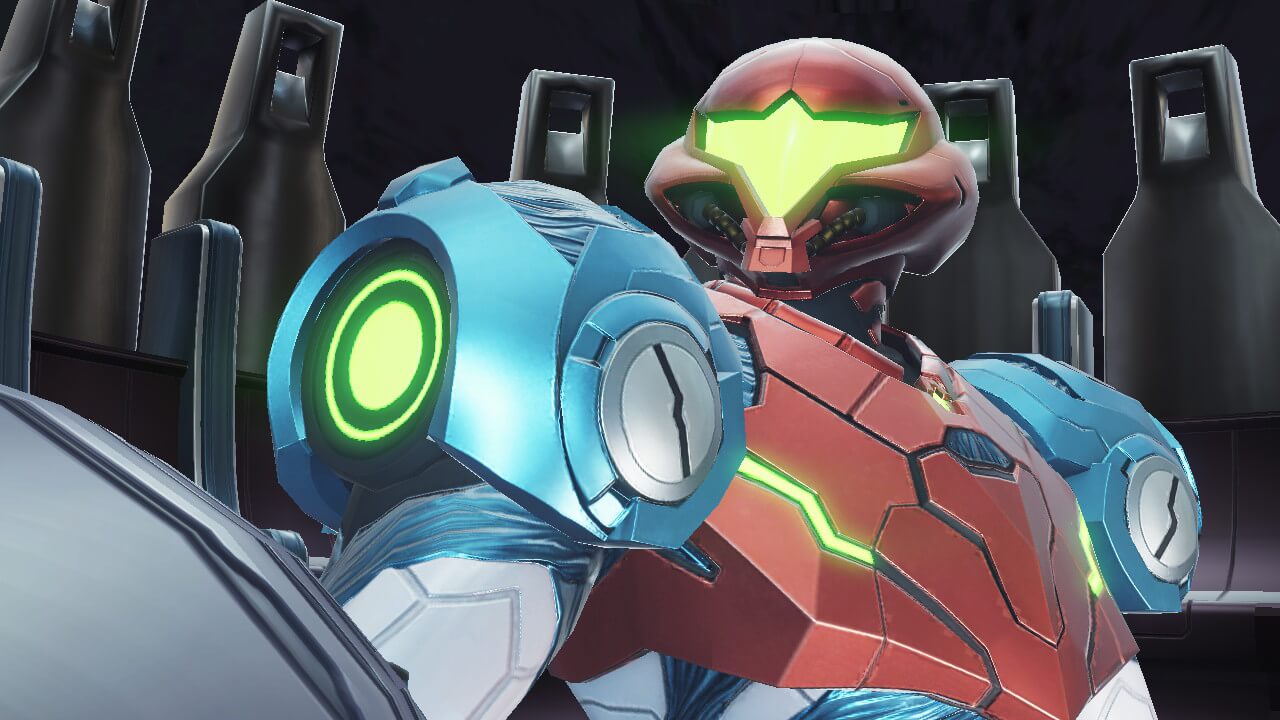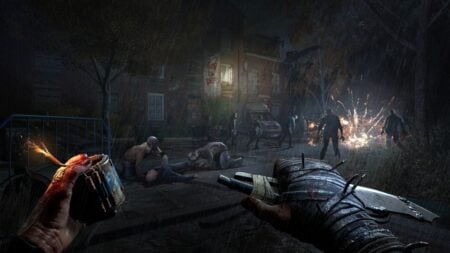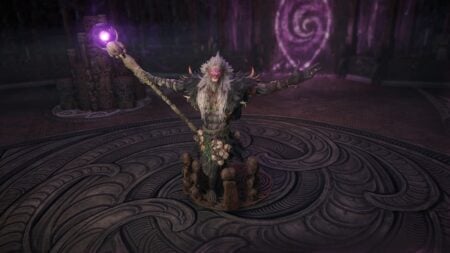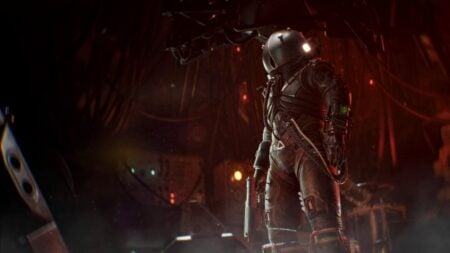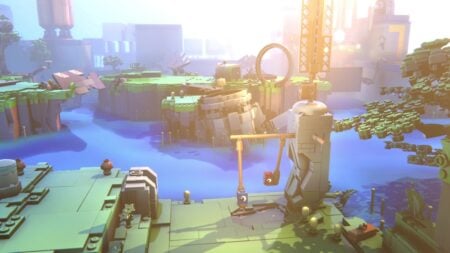It’s finally happening. Team Cherry has unveiled the September 4 release date of Hollow Knight: Silksong at Gamescom, skipping the usual bombastic marketing build-up. The devs won’t even hand out early review copies, out of respect for ‘Kickstarter backers and other players.’ Now, how long was it, you asked? Eight years. That’s how long it’s been since Hollow Knight crawled out of Kickstarter in 2017 to become one of the defining indie games of its generation. With its simple yet haunting visuals and unforgiving bosses, this Soulslike Metroidvania carved out a loyal fanbase. Fans that have only grown louder with each year of waiting for Silksong.
The problem? Eight years of anticipation have forged a boss tougher than the Pantheon 5 — an enormous hype monster no game can easily slay.
Silksong is not just expected to be good — it’s expected to be beyond that, perhaps transcendent. Every minor update or passing mention of Hollow Knight, even ones not posted by Team Cherry, always sparks viral discussions. You just can’t turn a corner in social media without seeing someone shouting, “OMG, PlayStation/Xbox/Nintendo/YouTuber just announced Silksong‘s release date!!1!”
Fans have mythologized it, creating their own vision of what the sequel should be. Remember the guy who drew daily made-up Elden Ring art years before launch? Silksong fans have taken it further, building entire fangames on itch.io.

Nevertheless, Silksong‘s September release date looks especially stark when compared to its peers. Blasphemous launched two years later and already had its full sequel out in just four years. Meanwhile, Dead Cells, which also arrived in 2017, has seen years of sustained momentum through five expansions, including a major Castlevania DLC, and various crossovers. Salt and Sanctuary‘s successor, Salt and Sacrifice, shipped within six years.
Asian indie developers have also managed to play catch-up, with Nine Sols spectacularly filling up the 8-year-old hole it left behind. Compared to those, four Hollow Knight updates and Silksong‘s prolonged absence feel like a questionable anomaly.
But according to Team Cherry, that ‘anomaly’ isn’t neglect — it’s intentional. In a recent interview with Bloomberg, Team Cherry’s Ari Gibson and William Pellen explained that Silksong‘s long development time wasn’t about burnout or financial problems. It was simply that they’re a tiny team who had the freedom to keep experimenting until everything felt right, all thanks to Hollow Knight‘s 15 million sales.
“It was never stuck or anything,” Gibson said. “It was always progressing. […] There wasn’t any big controversial moment behind it.”
What started as a Hornet-focused DLC became a full-blown sequel with multiple towns, an elaborate quest system, and a world that might exceed Hollow Knight. Even Team Cherry once believed Xbox’s promise of a 2023 release window — until the scope ballooned again. They admitted they had to stop themselves from endlessly adding ideas, otherwise the game might’ve taken 15 years.
The question, then, is less about whether Silksong will be ‘good’ or live up to the hype. By all accounts, everything points to Silksong being able to tick all the checkmarks. Hornet’s agile combat, a sprawling new kingdom to explore, and years of refinement since the original, you name it. Not to mention that Team Cherry is already planning for full-blown post-release support. “Admittedly, some of the plans for that stuff are kind of ambitious as well, but hopefully we can achieve some of it,” added Gibson.
Now, as mentioned above, the real issue is whether it can meet the imagined version fans have been building in their heads for almost a decade. Let’s be honest, few games — indie or otherwise — are forced to carry that kind of burden.
But maybe that’s exactly what makes Hollow Knight: Silksong‘s unpredictable September release date so compelling. For long-time fans, it’s not going to be a simple test of mettle; it’s a test of whether anticipation, no matter how big, can ever truly be satisfied.

